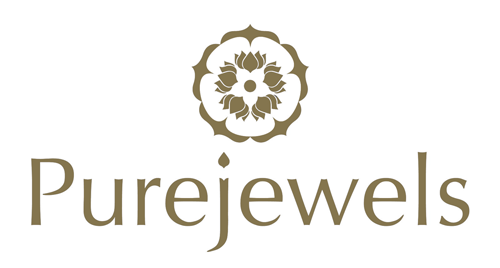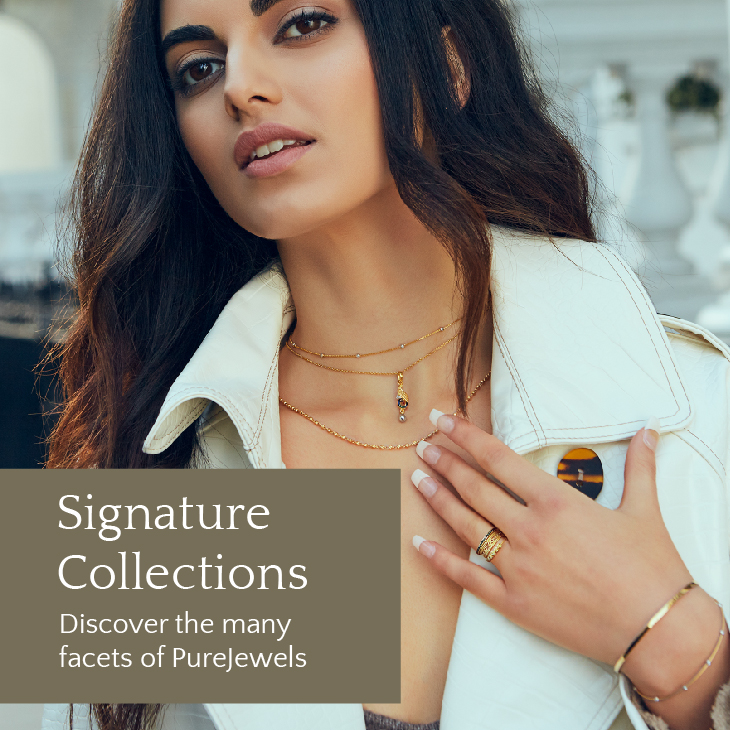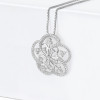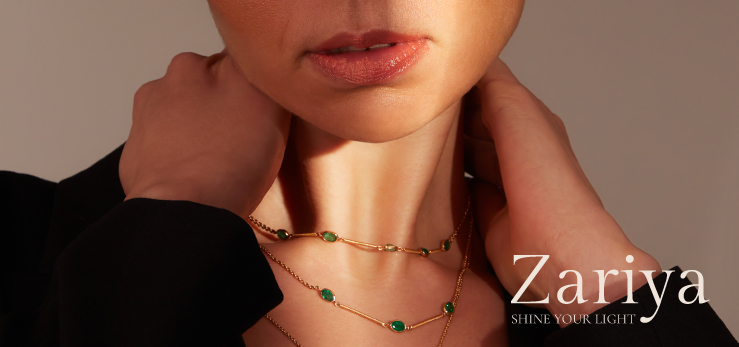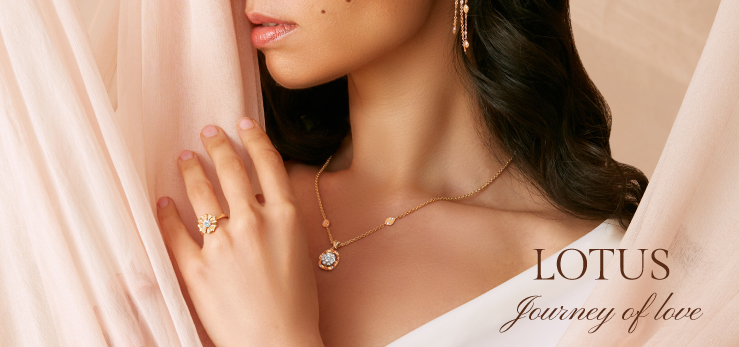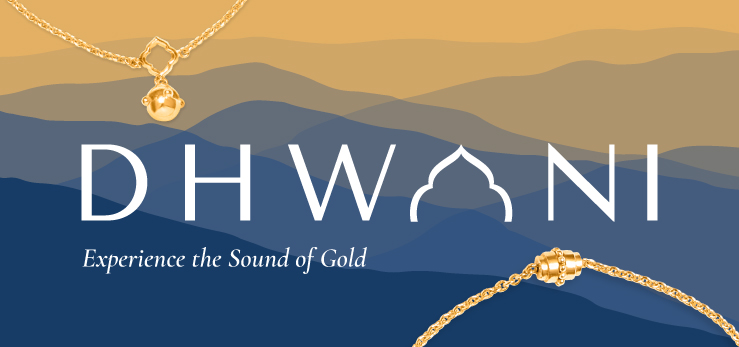“There’s a shade of red for every woman!”
– Audrey Hepburn
Each month in a year is associated with a beautiful gemstone. It defines a person’s period of birth. For example, Ruby is the birthstone associated with people born in the month of July, and it also happens to be one of the most valuable and highly sought after gemstones in the world.
Antiquity of Rubies
Ancient Hindus believed rubies offered protection, so anyone who possessed one of these gemstones was blessed with safety. Moreover, they thought they could be reborn as an emperor.
Burmese warriors believed that rubies made them invincible, so they would insert them in their flesh before going to war.
A book written in Arabic in the 8th century describes the symbolism of dreams involving rubies. The author, Achametis, claims that dreaming of rubies could indicate great joy and fortune in your future.
Rubies were valuable to Chinese noblemen, too. It is said that these men buried rubies beneath the foundations of buildings to bring good fortune and success to their business ventures.
It was used to cure grief, evil thoughts, and conflicts.
Egyptians highly regarded
How to style Ruby Jewellery?
Rubies add a brilliant pop of colour to many fine jewellery items. It serves as a striking complement when set in a pair of dangling diamond earrings or a dainty pendant surrounded by a halo of diamonds.
Rubies look sleek and sophisticated in silver-coloured metals such as white gold and platinum. Pairing it with yellow gold will create a warm and unique piece, whereas pairing this gemstone with rose gold will create an ultra-feminine and romantic statement.
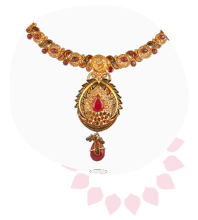
Rubies are worn in other pieces of jewellery as well, including rings, necklaces, and bracelets. Because of their intense colour, they will stand out even in a simple stud or solitaire pendant setting.
There are no rules when it comes to wearing ruby jewellery, so choose any piece that your heart desires.
How are Rubies different from Pink Sapphires?
The king of gemstones and the stone that is known for its subtle elegance have a lot in common but are a little different from each other. Yes! We are talking about the gorgeous red rubies and the pink sapphires! One of the most sought-after gemstones is the ruby. However, the subtle, elegant pink sapphire comes from the same mineral called corundum.
Since rubies and pink sapphire originate from the same mineral, both gemstones have the same level of durability, ranking 9/10 on the Mohs scale of hardness.
The significant difference between these two stones is their colour. Rubies receive their rich red colour from the impurities of the element chromium. The higher the chromium concentration, the more saturated the red colour gets in the ruby. The presence of chromium in low quantity makes the sapphire pink in colour. If the chromium increases, it will result in a blood-red ruby. These stones are differentiated by their colour, which creates a difference in their popularity and value.
Synthetic v/s Natural Rubies
Synthetic, also known as Lab-created gemstones, are as real as gemstones found in nature, only they are grown in controlled spaces by specialists. Natural gemstones are more likely to have imperfections and inclusions, so some jewellers use synthetic gemstones to guarantee consistent colour and clarity. PureJewels provides ethically sourced natural ruby jewellery in a wide range of designs and prices. Synthetic or Lab Grown rubies, as the name suggests, are created in labs.
Phenomenal Rubies
The star effect in star ruby sapphire is called an asterism and is a well-known example of a phenomenon. Star Ruby Sapphire has long needle-shaped inclusions that intersect. If the gemstone is cut as a cabochon, these crosses of needles are in the centre of the gem. When light is shined on the intersecting needles, we see a reflection of a star. To fully exhibit this effect, gemstones or minerals need to be fashioned in a special way. All materials that exhibit asterism are cut as a cabochon, a style that has a dome-like appearance on top. While many minerals and gemstones exhibit stars, some are extremely rare and highly prized by collectors and jewellery designers.
Treatments to enhance the beauty
Rubies are often heat-treated to remove purplish colouration, leaving a purer red. The process can also remove “silk” (minute needle-like inclusions) that can cause a gem to appear lighter in tone and be more opaque. The trade typically accepts heat treatment, as it is stable to normal conditions of wear and care.
Care for long-lasting shine
Jewellers use the Mohs Hardness Scale to rate a gemstone’s general resistance to scratching. Gems are ranked from 1 to 10 on the scale; diamonds are the hardest at 10 — just remember higher gemstones are more durable while lower gemstones need a little more protection and care. Rubies are 9 on the Mohs Hardness Scale, which implies it is tough and durable enough to handle everyday wear. Like most gemstones, rubies should be stored separately to avoid scratching or being scratched. Store them in a lined box or a soft pouch. Keep your ruby birthstone jewellery sparkling by cleaning it under warm running water with a mild soap. We recommend against using any chemical cleaning agents.
